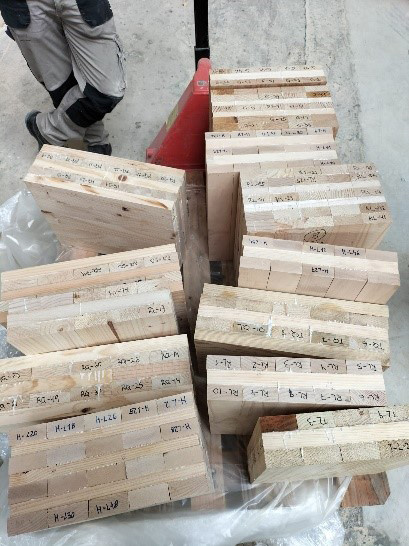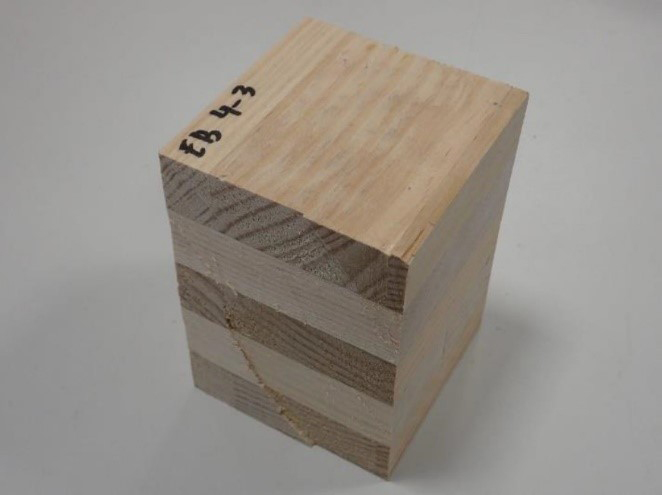EGURBERRI
CROSS-LAMINATED TIMBER CONSTRUCTION SYSTEMS WITH NEW KM-ZERO RAW MATERIALS
In the Basque Country, the wooded area covers approximately 54% of the territory, with around 396,000 hectares. In recent years, a fungal infestation has affected almost 30% of the most populated species, the Radiata Pine, which accounts for more than 31% of the entire forest mass in the Basque Country. Forestry professionals warn that the disease threatens to collapse the timber sector. For this reason, a new path for the use of other KM-Zero timber, such as Pinus Pinaster and other hardwood species that are abundant in the Basque forests is opening up. The study of the performance of the combination of forest species favours sustainable forest management, establishes mixed forests and encourages forest owners to generate diversified landscapes that slow down the spread of future diseases or pests.
EGOIN, EGURBERRI's development company, is devoted to the engineering, design, manufacture and assembly of timber constructions and solutions for architectural projects. EGURBERRI is being developed with the support of the TECNALIA Technology Centre.

 OBJECTIVES
OBJECTIVES
- Develop new structural products in cross-laminated timber (CLT), using different species that are native to the Basque Country and are not contemplated in the manufacture of CLT panels.
- Meet current structural requirements for panels and ensure compliance with functionality, safety and sustainability specifications.
- Increase productivity and reduce production costs.
 RESULTS
RESULTS
-
Manufacture of prototypes of CLT panels with Radiata Pine wood treated for use class 2 and 3, and prototypes with a combination of species in 3, 5 and 7 layers:
(1) Pinaster Pine in longitudinal layers + Radiata Pine in cross-sections.
(2) Radiata Pine in longitudinal layers + Paulownia in cross-sections.
(3) Beech in longitudinal layers + Radiata Pine in cross-sections.
- Verification of the technical feasibility of the proposed species combination and manufacture of CLT with treated Radiata Pine.
- Significant increase in the CO2 capture capacity of the species with respect to pine, especially Paulownia.
- Reducing the environmental impact of transporting raw materials by using KM-Zero wood.
- Expected 15% reduction in unit product cost, with a 4% increase in turnover, and a 10% increase in market share, especially in internationalisation.
 CONCLUSIONS
CONCLUSIONS
- EGOIN aims to give continuity to the study of the industrial performance of the KM-Zero species studied in EGURBERRI, and thus help in the forestry policies of the Basque Country in terms of reforestation. For this purpose, it will expand its facilities with a new CLT production centre.
- The manufacture of CLT in Europe has only contemplated coniferous species, so the use of Beech, an abundant species in the Basque Country, may face the lack of compatible CE marking regulations.
ENVIRONMENTAL
TECHNICAL
ECONOMIC
COMMERCIAL
ON THE MARKET






